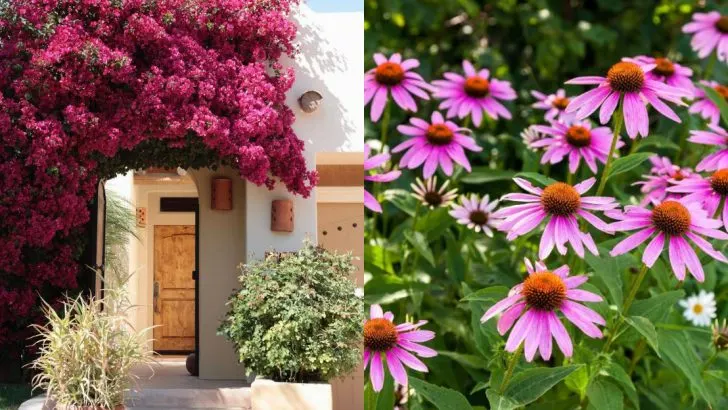Some plants don’t just survive the heat—they flirt with it. Cracked stone, sunbaked concrete, and dry soil don’t scare these beauties. They lean into the warmth, bask in the runoff, and treat your hardscape like a spa day. You’ve probably wrestled with crispy leaves and sulking roots in these tough spots. But the answer isn’t more watering—it’s picking plants that thrive in that exact microclimate. These 13 stunners shrug off heat, ask little, and give plenty. They soften walkways, hug patio edges, and bloom where lesser greens throw tantrums. Think resilient textures, subtle scents, and color that spills over stone like confetti. If your garden’s hot zones have been the dead zones, it’s time to flip the script. Get ready for a lineup that treats dry cracks and radiant heat like a party invitation. Because your patio deserves more than a concrete stare-down.
Lavender
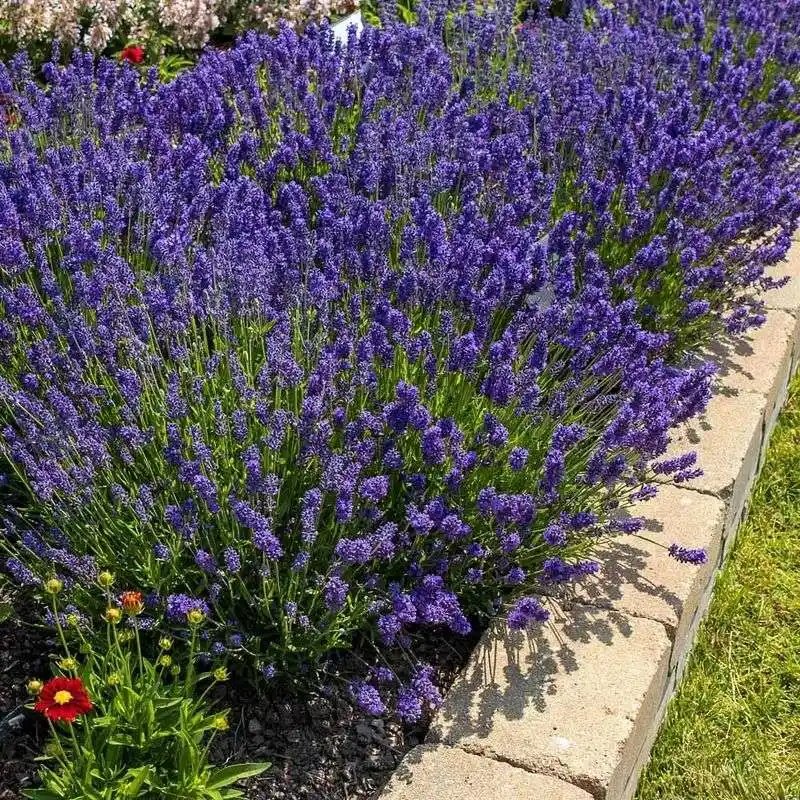
Lavender is a fragrant herb that delights both the senses and the garden. Its purple flowers are not only visually appealing but also attract bees and butterflies, enhancing the ecosystem. Planted near patios, lavender thrives in well-drained soil and basks in sunlight. This Mediterranean native is perfect for adding a splash of color and a calming aroma to your outdoor spaces.
Interestingly, lavender has been used for centuries in perfumes and aromatherapy. It’s a resilient plant that can handle dry conditions, making it an excellent choice for warm, sunny areas.
Sedum
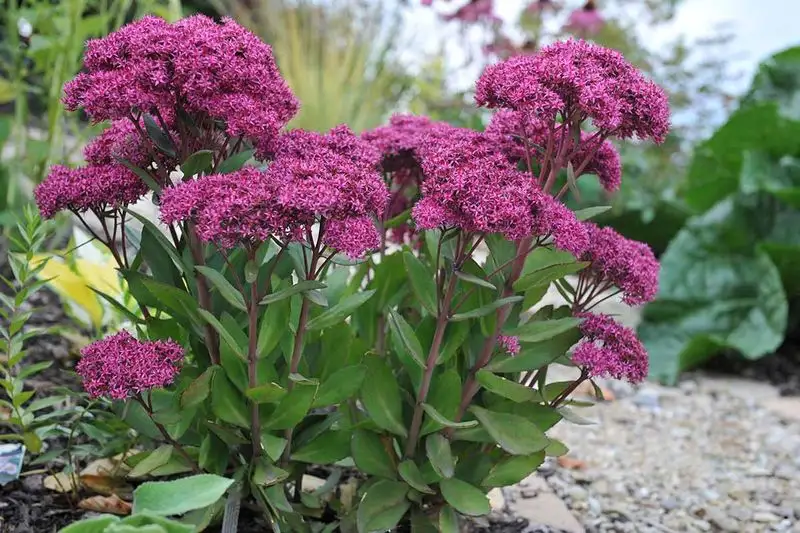
Sedum, also known as stonecrop, is a succulent that loves sunny spots and dry soil. With its fleshy leaves and star-shaped flowers, it adds texture and interest to garden spaces. Sedum’s ability to retain water in its leaves makes it an ideal choice for drought-prone areas, such as walkways or rock gardens.
This hardy plant comes in various colors, from green to red, bringing diversity to your landscaping. Its low-maintenance nature and adaptability make it a popular choice for gardeners looking to add vitality without much effort.
Rosemary
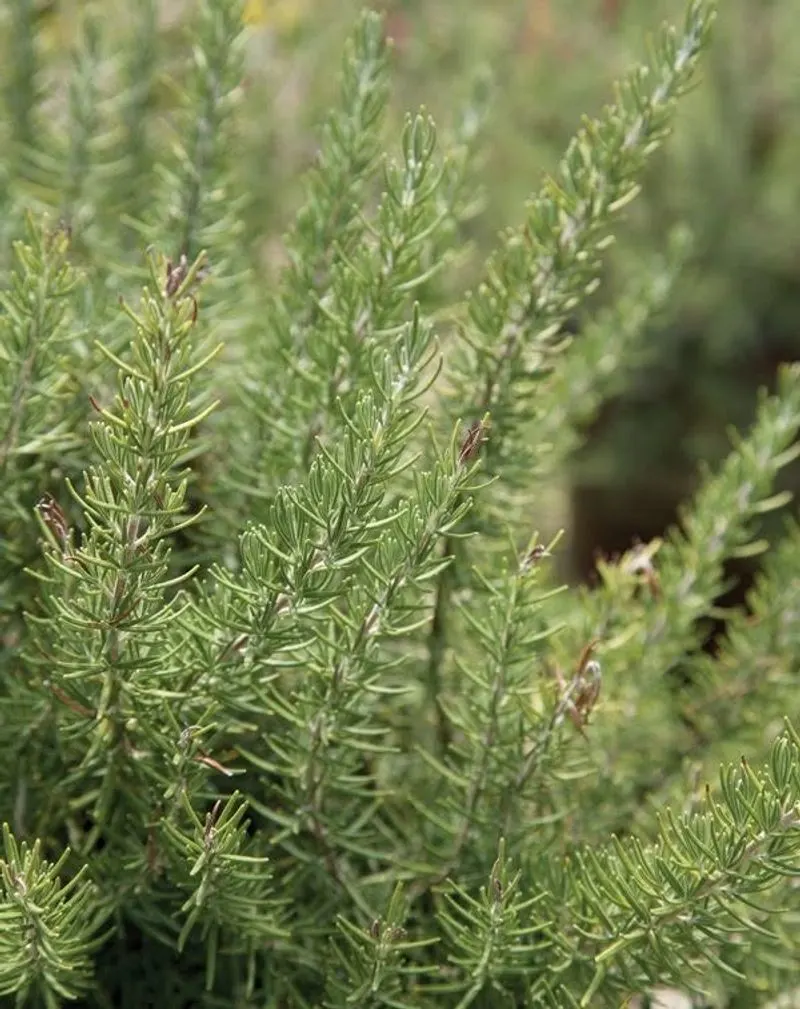
Rosemary is more than a culinary delight; it’s a robust plant that thrives in sunny, well-drained locations. Its aromatic, needle-like leaves and small blue flowers make it an attractive addition to gardens. Rosemary’s resilience against pests and drought allows it to flourish near stone walls and patios.
In ancient times, rosemary was a symbol of remembrance and loyalty. Today, it continues to enchant gardeners with its pleasant aroma and culinary versatility. Whether used in cooking or simply enjoyed for its scent, rosemary is a beloved herb.
Thyme
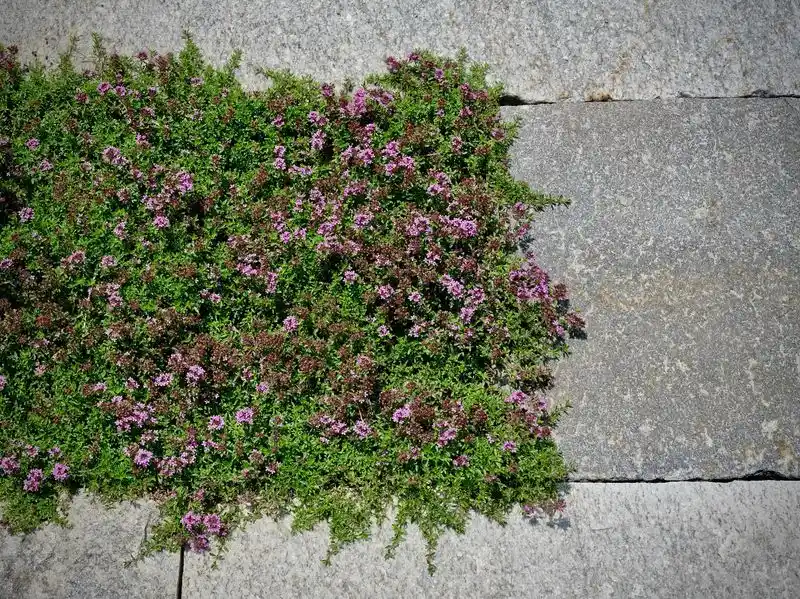
Thyme is a charming herb that hugs the ground with its low, spreading growth habit. Its small, aromatic leaves provide a delightful scent when brushed against. Thriving in well-drained soil and full sun, thyme is perfect for sunny patios and wall crevices.
Thyme’s versatility extends to the kitchen, where it adds flavor to various dishes. Historically, it was used by the Egyptians for embalming. Today, gardeners appreciate thyme for its hardiness and subtle beauty, making it a staple in warm, dry gardens.
Bougainvillea
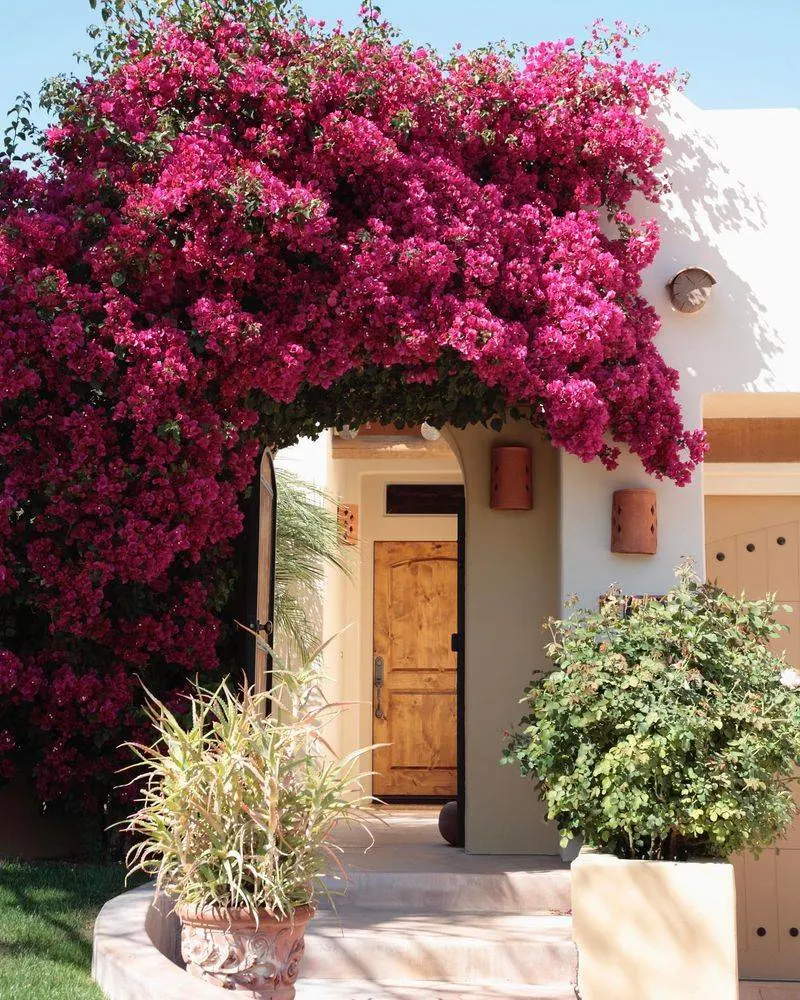
Bougainvillea is a striking plant known for its vivid bracts that come in shades of pink, purple, and red. It thrives in hot, sunny areas and can transform a plain garden wall into a stunning feature. Bougainvillea’s drought resistance and climbing nature make it perfect for creating vertical interest in gardens.
Originating from South America, this plant is celebrated for its long-lasting blooms and minimal water needs. Its colorful display attracts not only humans but also pollinators, bringing life and movement to your garden.
Agave
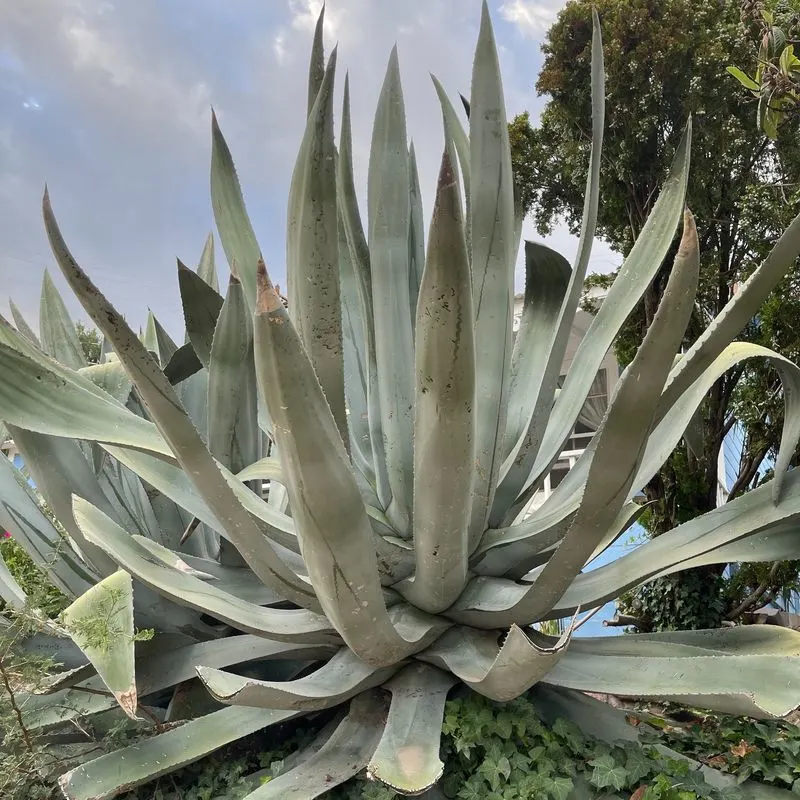
Agave is a bold, architectural plant that makes a statement in any garden. Known for its rosette of sharp, spiky leaves, it thrives in sunny, dry conditions. Agave is well-suited for patios and rocky landscapes, where its dramatic silhouette adds interest and structure.
This plant is not only visually striking but also incredibly low-maintenance, requiring little water once established. With a history dating back to ancient Mexico, agave has been used for tequila production and fiber making, showcasing its versatility and cultural significance.
Yucca
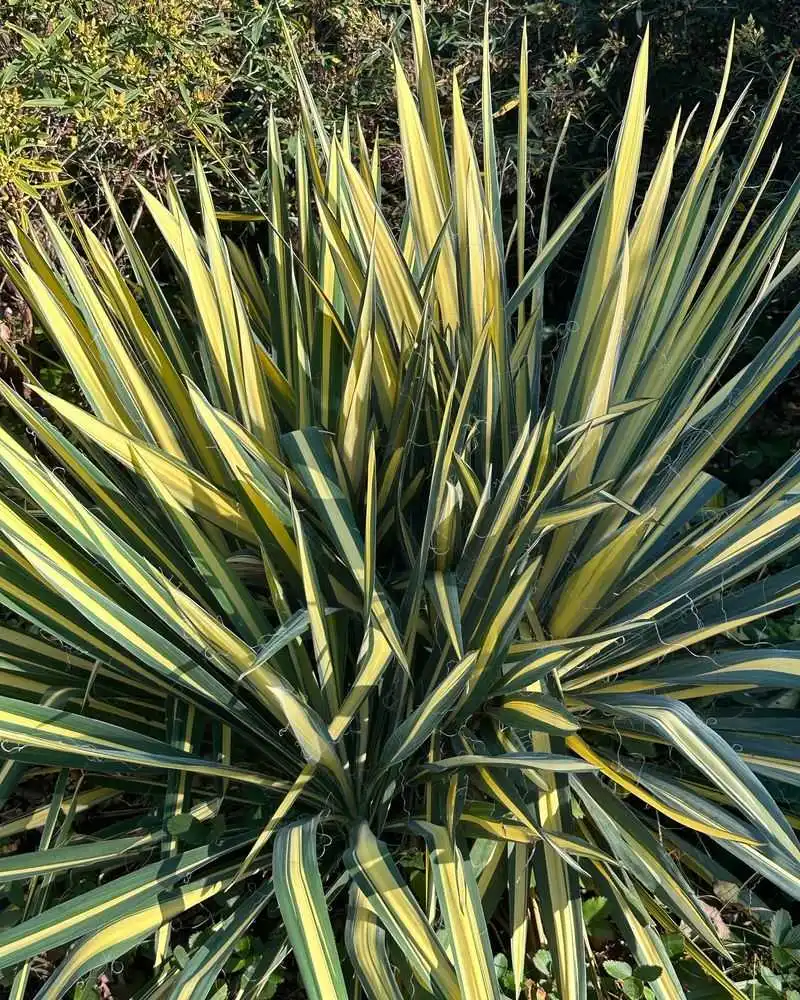
Yucca is a hardy plant that stands out with its tall, spiky leaves and towering flower spikes. This desert native flourishes in sunny, well-drained locations, making it ideal for walkways or patios. Yucca’s striking appearance adds a touch of the exotic to any garden setting.
With its ability to thrive in arid conditions, yucca requires minimal care, making it a favorite among busy gardeners. Its blooms attract pollinators, ensuring a lively garden environment. Yucca not only enhances aesthetics but also supports local wildlife.
Echinacea
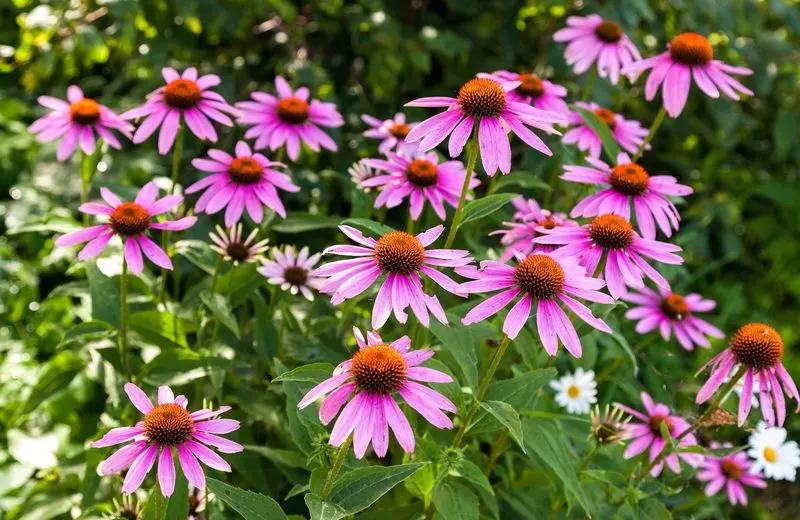
Echinacea, commonly known as coneflower, is a resilient perennial that thrives in sunny, well-drained gardens. Its vibrant, daisy-like flowers add a splash of color and attract pollinators like bees and butterflies. Echinacea’s hardiness makes it an excellent choice for patios and open spaces.
Historically, it was used by Native Americans for its medicinal properties, highlighting its enduring appeal. In the garden, echinacea stands as a symbol of strength and beauty, providing a natural habitat for wildlife while delighting gardeners with its vibrant blooms.
Gazania
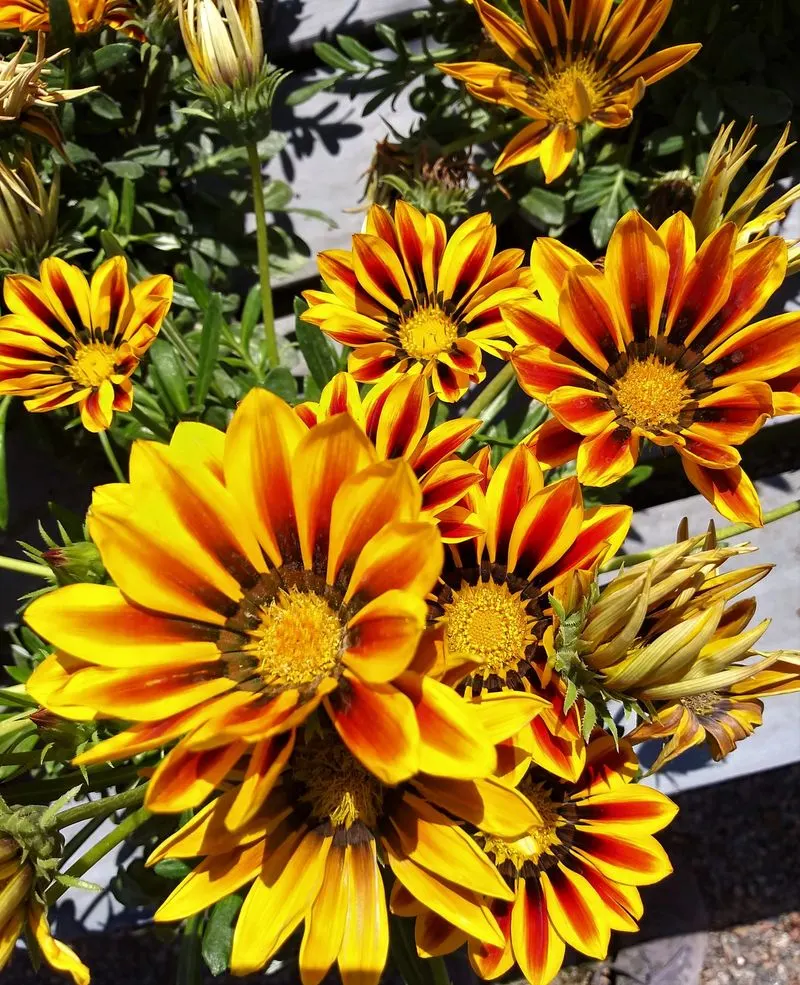
Gazania is a bright and cheerful plant that brings sunshine to any garden with its vibrant flowers. Known for its vivid, multicolored petals, gazania thrives in sunny, well-drained locations. This South African native is perfect for patios and walkways where its bold colors can be appreciated.
Gazania’s drought-resistant nature makes it a practical choice for low-maintenance gardens. With blooms that open in the sunlight and close at night, it provides a dynamic display throughout the day, captivating all who pass by.
Oleander
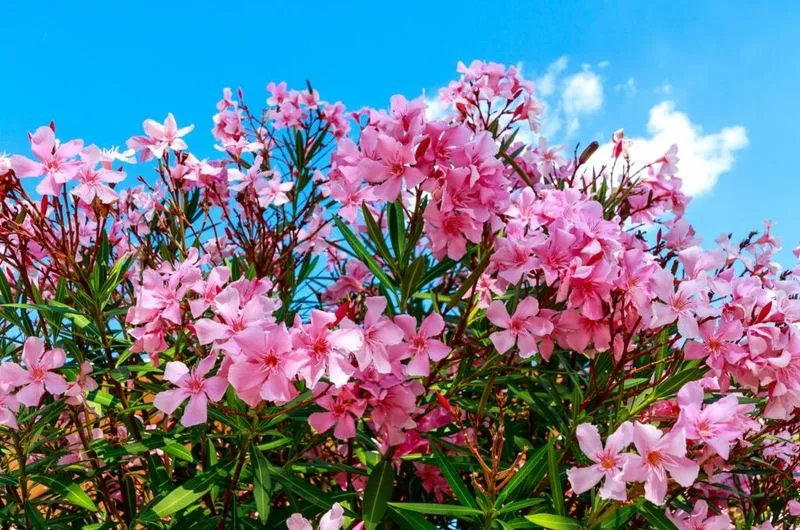
Oleander is a robust shrub known for its beautiful clusters of flowers that bloom in shades of pink, white, and red. Thriving in warm, sunny climates, it’s perfect for creating dense hedges around patios and walkways. Oleander’s evergreen leaves provide year-round interest and privacy.
Though all parts of the plant are toxic if ingested, it remains popular for its stunning blooms and easy care. Originating from the Mediterranean region, oleander adds a touch of elegance and vibrancy to any outdoor setting.
Plumbago
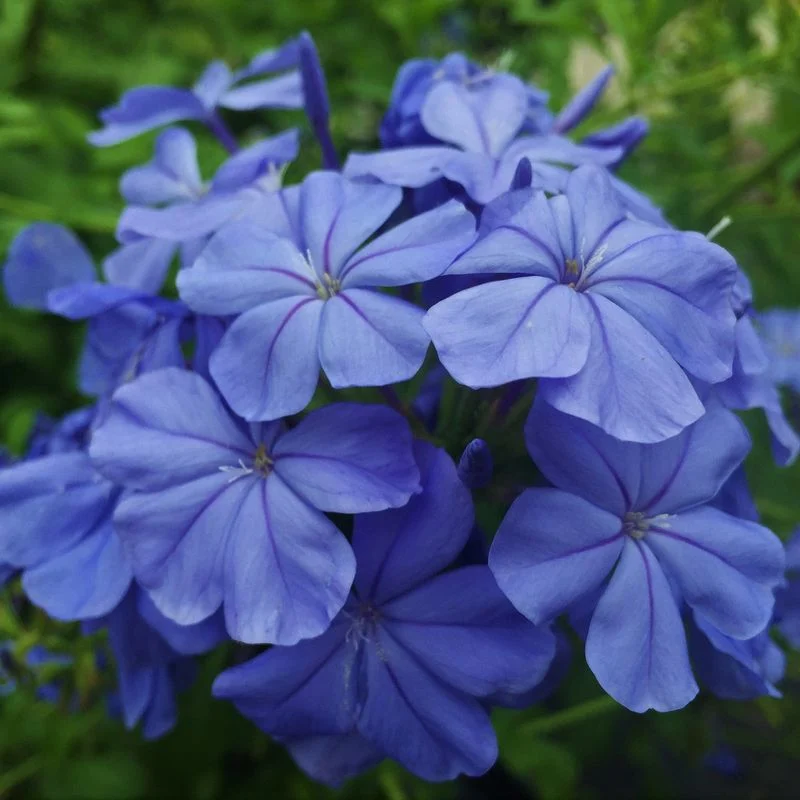
Plumbago, with its clusters of delicate blue flowers, offers a cool contrast to hot, sunny gardens. This sprawling shrub thrives in well-drained soil and full sun, making it ideal for patios and sunny borders.
Plumbago’s ability to attract butterflies enhances its appeal, creating a lively atmosphere in the garden. Originating from South Africa, this beautiful plant is both versatile and resilient, providing year-round interest with its striking blossoms and lush foliage.
Portulaca
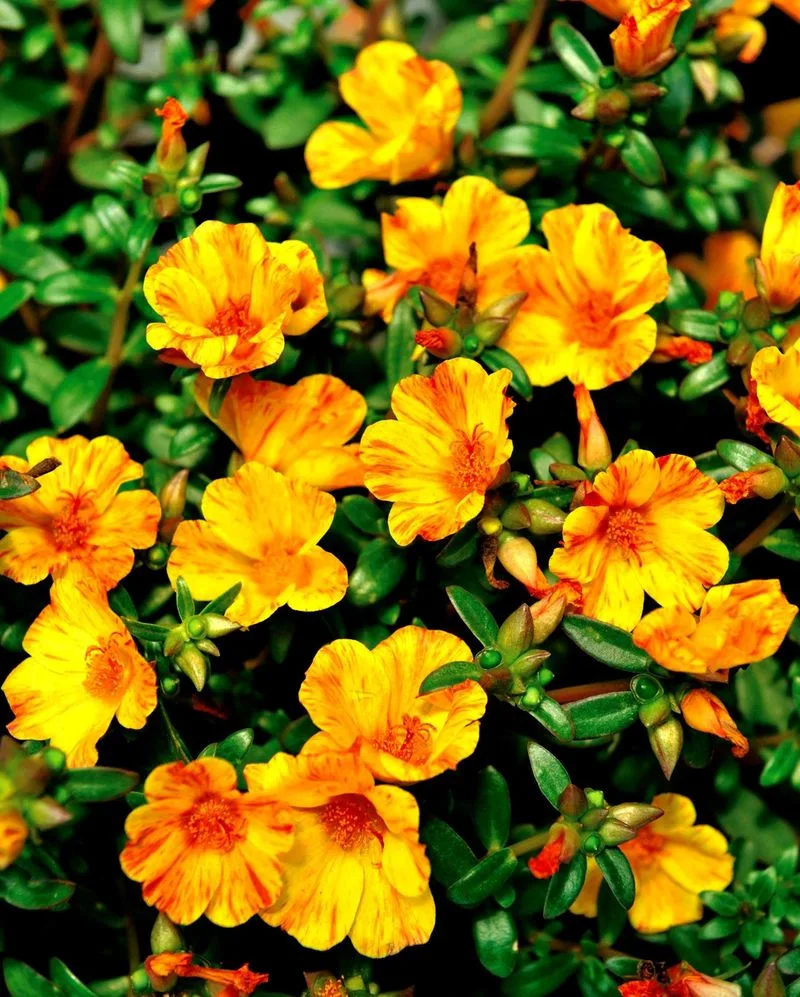
Portulaca, also known as moss rose, is a delightful plant renowned for its bright, rose-like flowers. It flourishes in sunny, sandy areas, making it perfect for pathways and open spaces. Portulaca’s low-growing habit and succulent leaves allow it to withstand dry conditions with ease.
This plant’s cheerful blooms open in the sunlight, creating a lively display of color. With origins in South America, portulaca has become a favorite among gardeners for its resilience and vibrant presence, brightening even the sunniest spots.
Lantana
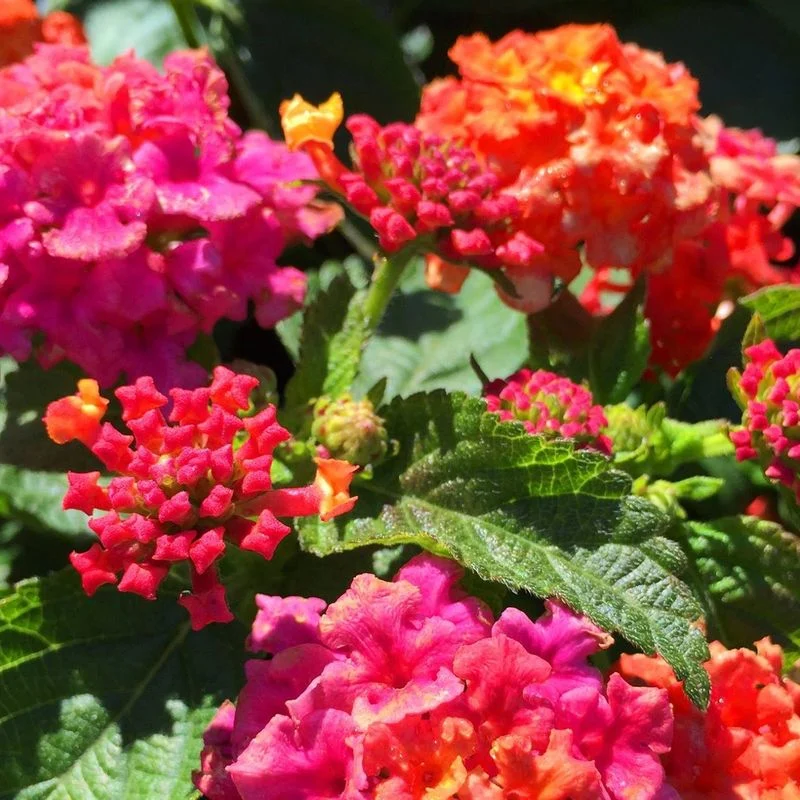
Lantana is a captivating plant that draws attention with its clusters of small, multicolored flowers. Thriving in warm, sunny environments, it’s perfect for patios and garden borders. Lantana’s vibrant blooms not only add visual appeal but also attract butterflies and hummingbirds.
With its easy-going nature and adaptability, lantana is a popular choice for gardeners seeking color and minimal upkeep. Originating from tropical regions, it brings a touch of the exotic to outdoor spaces, enhancing both beauty and biodiversity.

